Faith Ringgold’s exuberant pragmatism
Portable paintings—and a very expensive mistake for artists
Greetings! Short newsletter this week, as I’ve been making the rare foray out of my writing cave—I visited a high school in Hardwick, Mass., where the entire student body read my first book this year, extremely touching!—and so couldn’t be my usual overthinking-ruminative-homebody self. Next time.
But I did want to at least briefly note the passing of the American artist Faith Ringgold, who died on April 12 at age 93. I was lucky to catch a retrospective of her work at the New Museum a couple years ago, and the color and exuberance of her famous “story quilts” has really stuck with me.
The quilts have been justly celebrated over the years—but one thing I didn’t know until watching this 2012 studio visit with Ringgold was that a big influence in their invention was the artist trying to be smart about money.
Ringgold was a public school teacher in New York for 18 years, at the same time working tirelessly to develop as a painter and find venues to show her work. When she finally left teaching to make art full-time—in 1973, when she was 43 years old—she had to cobble together income from a variety of sources, including by lecturing all over the country. And quilts appealed to her as a project, in part, because they were portable! As she says in the studio visit:
I wanted to create paintings that could be as large as I needed them to be, and I needed to be able to roll it up and place it in a trunk and send it all over the country. Then I would go and they would pay me to lecture. Artists need to be able to store their work, and the quilts have made that completely possible for me.
Brilliant! And as Ringgold continued to gain renown as an artist, she never stopped thinking about the financial side of her work. In her 1995 memoir We Flew Over the Bridge, she writes:
Along with courses in painting and sculpture, an artist should take a course in business. It can prove a very expensive mistake to ignore the many ways in which artists can make money from their art.
(I actually have no idea if art schools today offer classes in business or the financial side of an art career—can anyone tell me? Please reply to this email or leave a comment below.)
Watching Ringgold talk about her work, and reading her memoir, I’m struck by her seemingly relentless pragmatism. She faced more obstacles than most artists—an early marriage to a jazz pianist who turned out to be a heroin addict; trying to paint while raising two young children and working full-time as a teacher (she did it by staying up late at night); hustling to break into the art world at a time when it had essentially zero interest in Black women artists—but she didn’t let those obstacles get her down, or not for long. She seemed to see all problems as opportunities, which is of course what they are too. Going forward, I’d like to absorb some of her wily, no-nonsense spirit.
Thanks for reading! This newsletter comes out every other Monday—and you can help keep it coming by upgrading to a paid subscription, buying one of my Daily Rituals books, forwarding this email to a friend, or even just clicking the “like” button below.

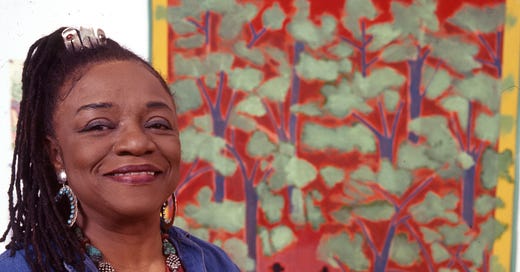


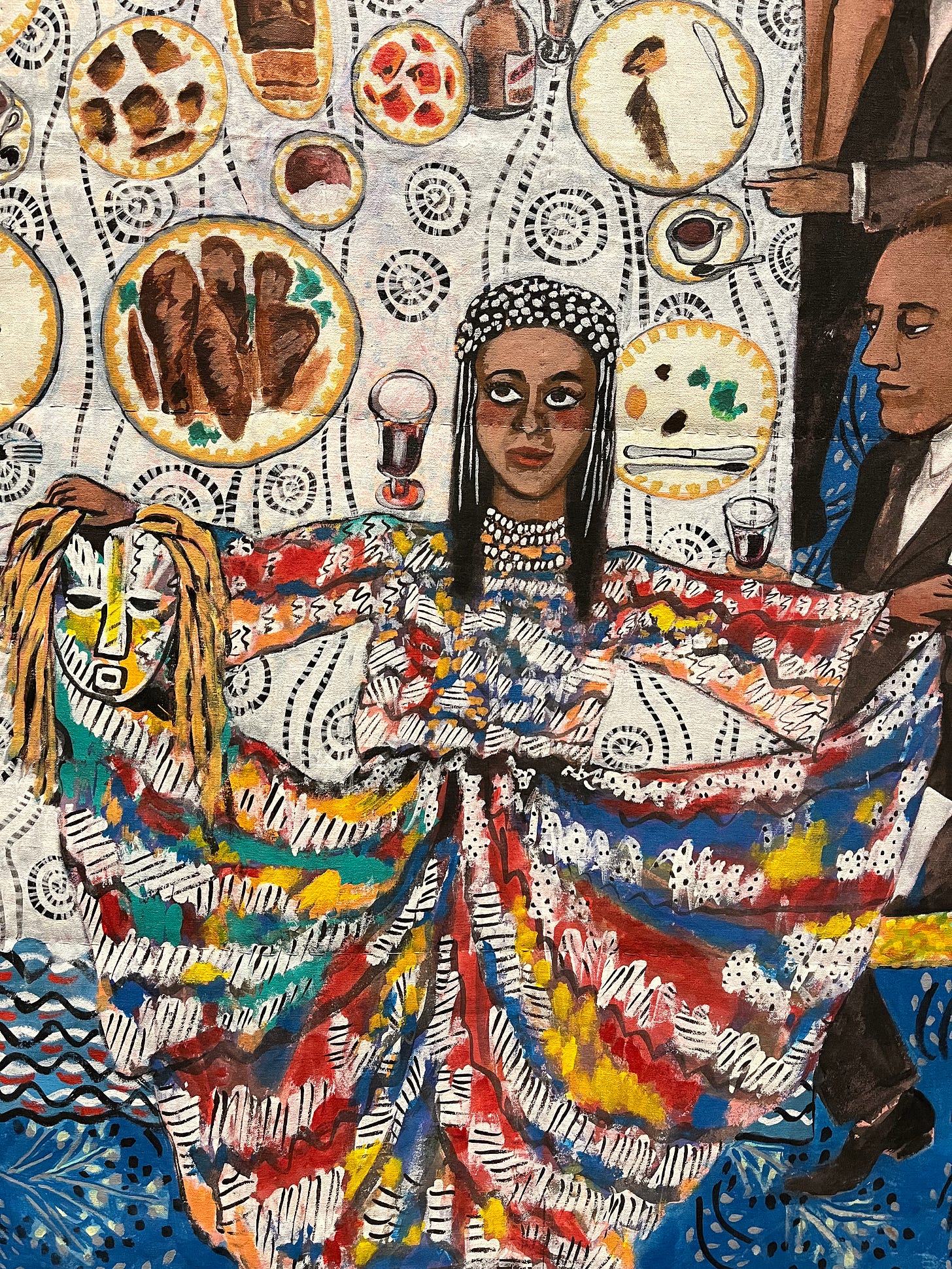
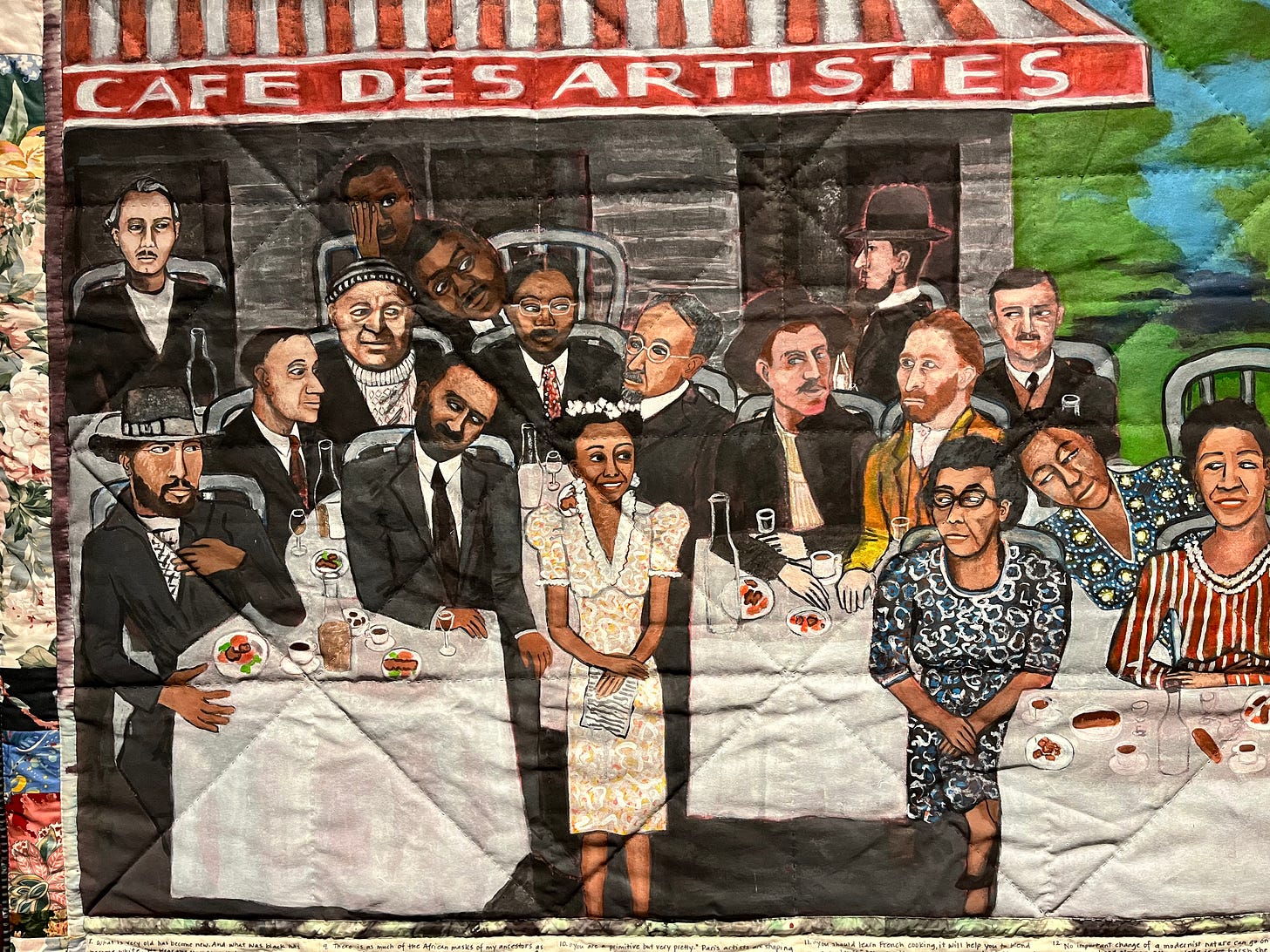
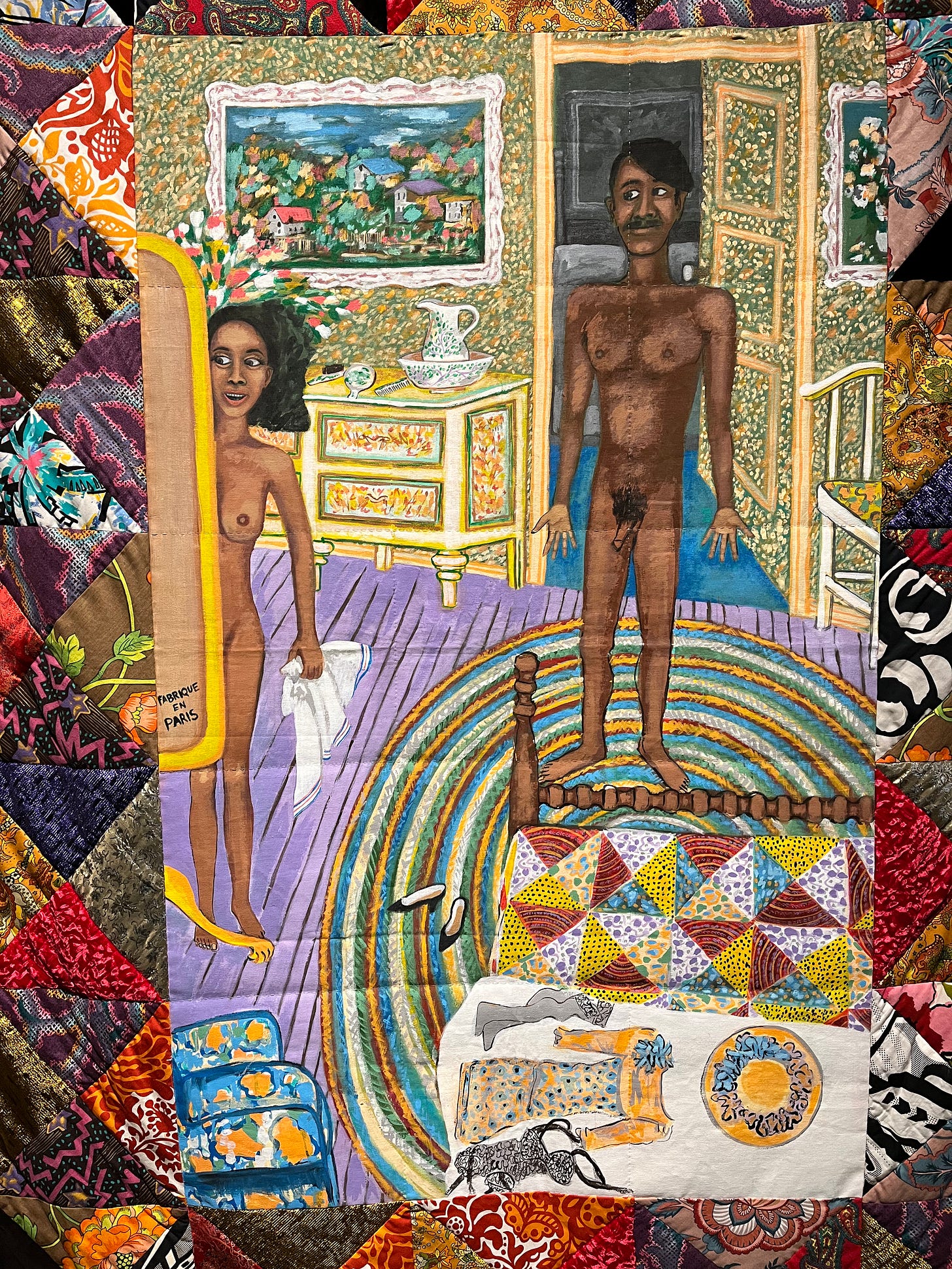
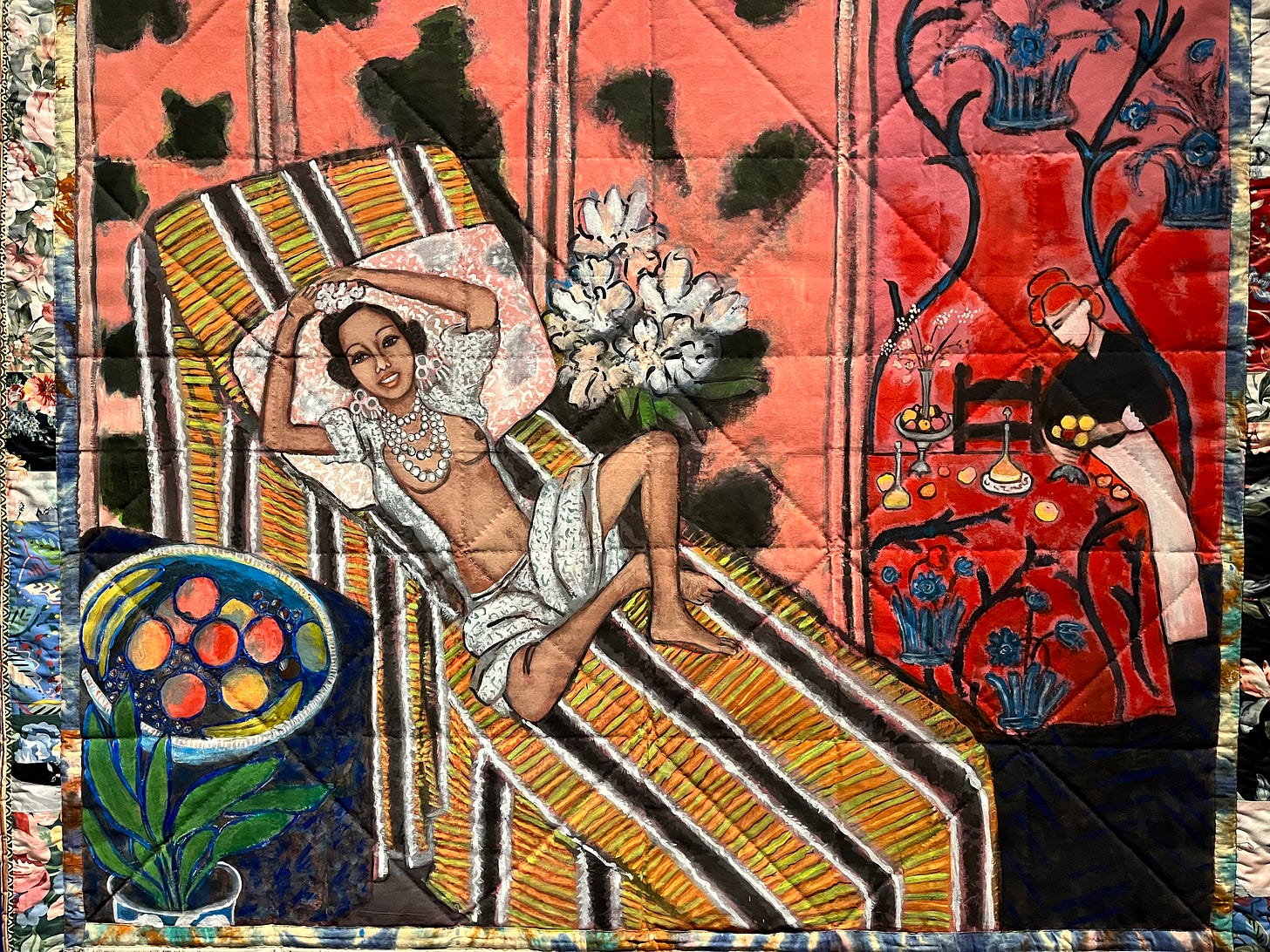


A great post, Mason... I don't know a lot about Faith Ringgold, and now I'd like to know more. As for Fine Arts education, I don't know what the norm is, but when I did my BFA at Concordia University in Montreal in the late 80's, there was zero mention of *anything* to do with the outside world or what would happen when we graduated. ZEE-ROW. There was no internet yet, so it was a case of approaching galleries. How? Who knows. And with what? Because of course there was the issue of continuing to produce art, which also proved to be a challenge after moving across the country and having a baby. I didn't even get to discover how little I knew about the business side of art---there was no business! I can't blame Concordia's curriculum for all my art-related stops and starts, but it certainly didn't help.
Thanks for this post Mason! … I started making art at the age of 46 after two long careers. I didn’t go to art school, and am so glad I didn’t, because ALL of my BFA- and MFA-holding friends say there was zero education in the business side of things. Which is surprising to me, I mean isn’t part of the point of school to prepare you for life after school? Part of the reason I’m thriving in my art career is because in my previous lives I ran a small business, and then worked at a very large one (Apple), and got my business education that way. I think that if you’re an artist, you are by definition a small business, and the sooner one realizes that the better.